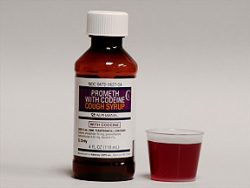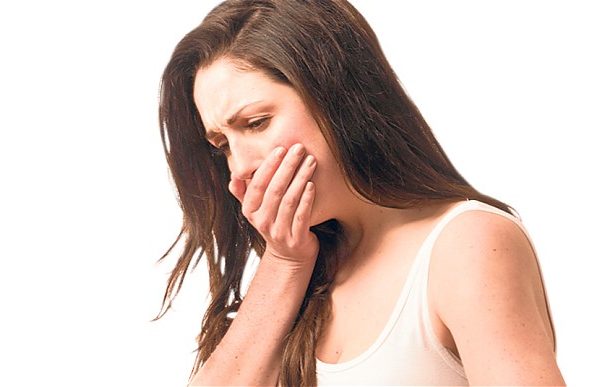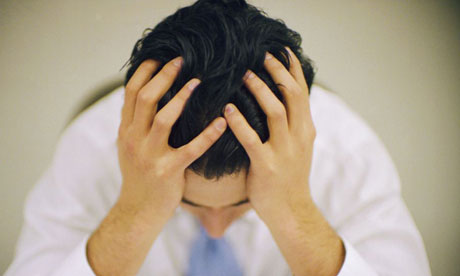The Centers for Disease Control and Prevention calls the overuse and abuse of opiate drugs an epidemic in this country. In 2010, 60 percent of the overdose deaths involve prescription drugs, mainly narcotic painkillers. Three out of every four overdoses includes an opiate.
Education is the first step in improving these statistics. The more people know about the dangers of abusing prescription drugs, the better equipped they will be to handle a physical dependence and addiction. This includes finding the best way to get off opiates.
What is an Opiate?

Codeine is a commonly used opiate.
Opiates are a group of drugs derived from the poppy opium seed. They go by a variety of names such as opioid or narcotic. In most cases, they all refer to either a naturally occurring substance or a synthesized drug designed to reduce pain.
Common opiates include:
- Codeine
- Vicodin – hydrocodone
- MS Contin, Kadian – morphine
- OxyContin, Percoset – oxycodone
- Dilaudid – hydromorphone
- Duragesic – fentanyl
Heroin is a street drug that falls into the same general category, although it is classified as an opioid.
Dependence vs. Addiction
Using an opiate, whether recreationally or therapeutically to manage chronic pain, can put a person at risk for developing a physical dependence on the drug. Opiates work by binding to proteins called opiate receptors. By connection to the receptors, the drug suppresses pain. In the process, it can also trigger a euphoric feeling that is the basis for the abuse. People chase this high each time they use an opiate drug recreationally.
Over time, the body begins to rely on the drug. For people with chronic pain, taking it may be the only way to feel good. When they try to stop or reduce their dose, they go into withdrawal. Dependence leads to addiction.
Addiction is not the same thing as dependence. An addicted person compulsively seeks the drug despite the consequences. An opiate addict may steal or lie to get a fix. Drug use starts to take over their life, so they miss classes or days at work. Their personal relationships suffer as the compulsion is overwhelming them. The drug becomes the only important thing in their life and the only way they can feel good both physically and emotionally.
Opiate Withdrawal
Withdrawal from opiates occurs with both dependence and addiction. It can be uncomfortable, which is why some people opt to go through detoxification in a controlled environment like a hospital or treatment center.
Early withdrawal starts within hours of the last use. Signs of early withdrawal include:
- Agitation
- Anxiety
- Achy muscles
- Tearing
- Runny nose
- Sweating
- Yawning
- Joint pain
As the withdrawal progresses, the symptoms get more intense.
- Abdominal cramping
- Diarrhea
- Goosebumps
- Vomiting
- Dilated pupils
For people with established addictions, withdrawal from opiates is agony.
Finding the Best Way to Get Off Opiates
Opiates cause changes in the brain. Neurologically speaking, the struggle to stay clean is an attempt to overcome the effects of these changes. Finding the best way to get off the drug depends on how strong of a hold it has on you. It is possible to get off opiates without medical intervention, but that is a hard road to take on your own. Multiple attempts to get clean reduce the chance of success, as well.
Home Detox
It is possible to detox at home, but not recommended for those with a serious addiction. If you have a mild dependence on an opiate, you might get through withdrawal with over-the-counter medication and coping techniques such as deep breathing. If you are unable to detox on your own and give into the cravings, you increase your risk of relapse and overdose.
People who use opiates build up a tolerance to the drug that requires them to increase the dosage to get the same benefit. As a person detoxes that tolerance drops. If they use after trying to detox and take the usual dose, it may be too much and lead to an overdose.
Medically Supervised
Pharmacological intervention helps manage the symptoms and control the withdrawal. Antidepressants, anticonvulsants, and medication to manage the intestinal problems and pain make the experience more tolerable. Clonidine reduces the fight or flight response that comes from withdrawal and helps lower the cravings.
In some cases, medical professionals will use another drug to serve as a temporary substitute such as methadone or Naloxone. These surrogate drugs active the same opiate receptors but the withdrawal from them is easier to manage. Taking the replacement drug gives you time to detox from the initial dependence with fewer cravings and side effects, then you can slowly taper off the substitute drug.
Rapid Detox
Rapid detox promises to accelerate the withdrawal using opioid blocking drugs. The patient is placed under general anesthesia during the process. This method is reserved for severe cases or when detox is a medical threat.
After detox, the next step is maintenance therapy. Since many people start taking opiates to manage chronic pain, a maintenance program will look for different ways to handle this underlying problem. Maintenance also includes behavioral therapy and long-term management techniques like 12-step groups.









